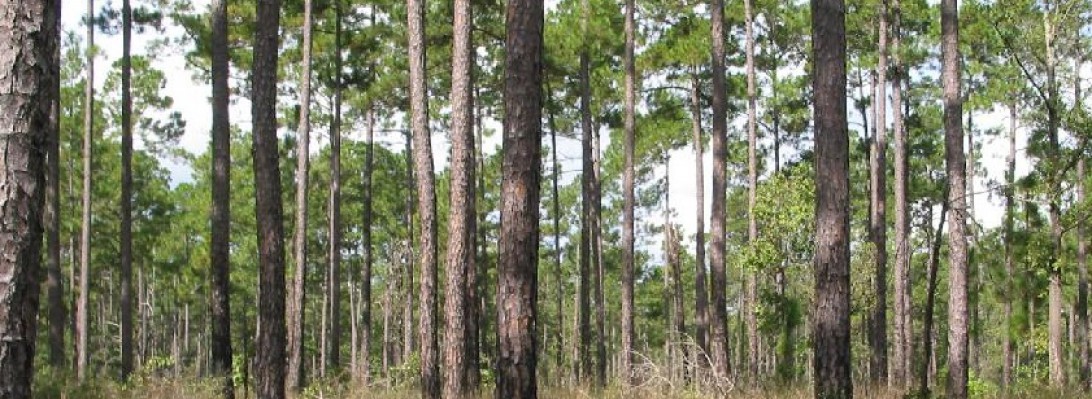NAMING
Scientific Name: Acer rubrum
Family: Aceraceae
Common: red maple
HABITAT
Native
Habitat: Low floodplains, middle dry/wet, dry rocky areas
Range: Canada – > FL -> TX
TREE TRUNK
Size: Up to 90ft tall
Bark: light gray
Twigs: medium gray
LEAVES
Leaf arrangement: opposite
Leaf type: simple
Leaf margin: entire to serrated
Leaf shape: lobed
Leaf blade length: 2 to 4 inches long
Leaf venation: palmate
Leaf color: duller green above, silverish below
Leaf persistence: deciduous
REPRODUCTION
Flowers: show red
Fruit: semara pairs
USES
Wildlife – leaves grazed on
Commercial – timber species for furniture, used for pulp wood, fuel, and an ornamental
TOLERANCES
Shade – Yes
Salt – No
Fire – No
Drought – High
Flood – High












